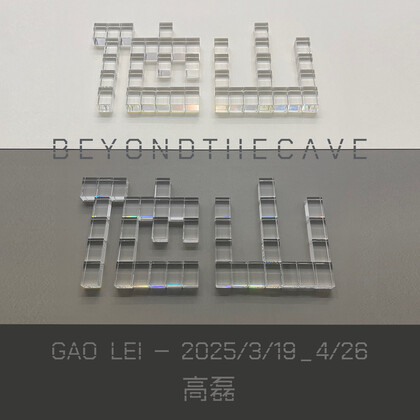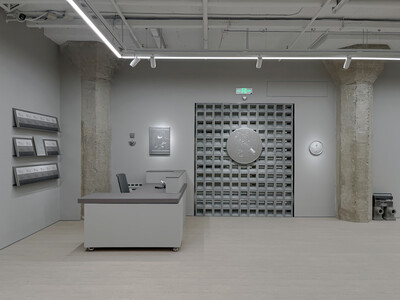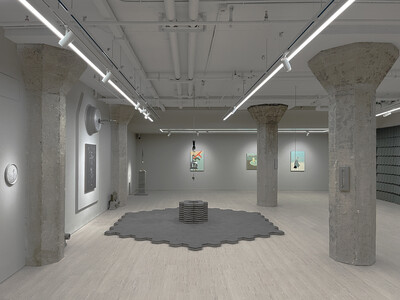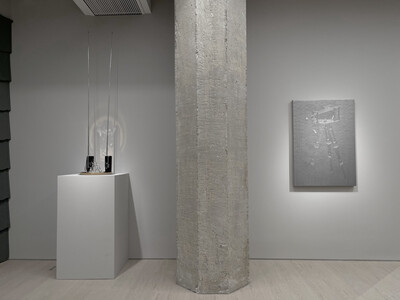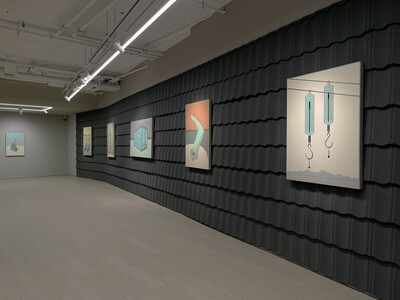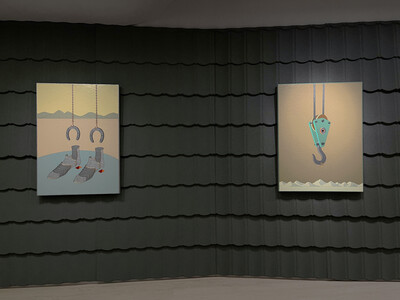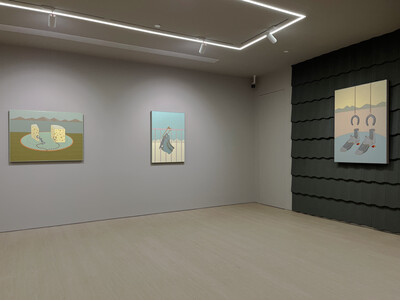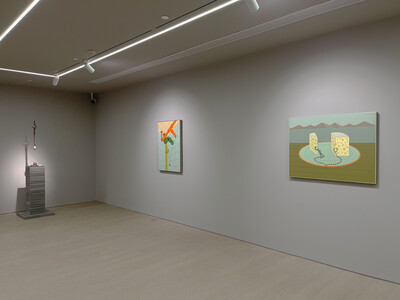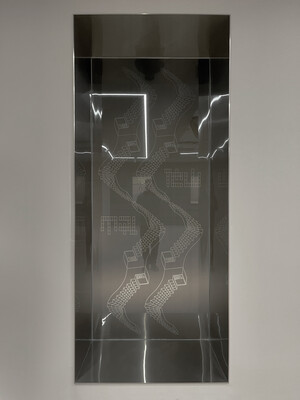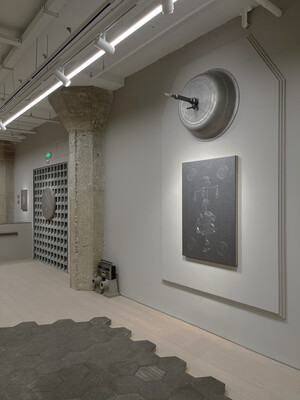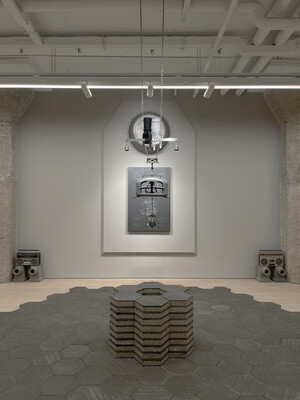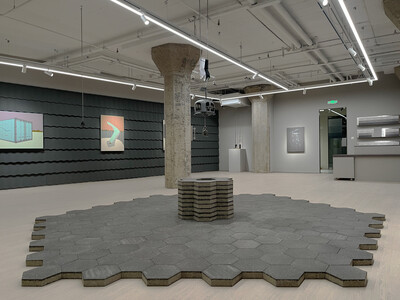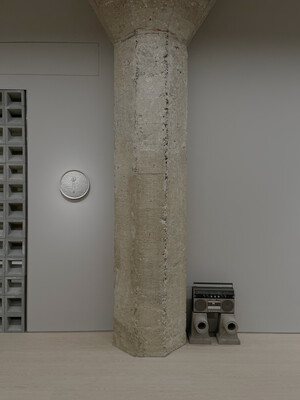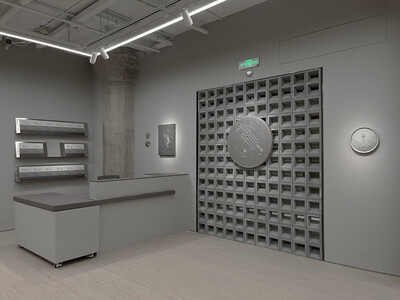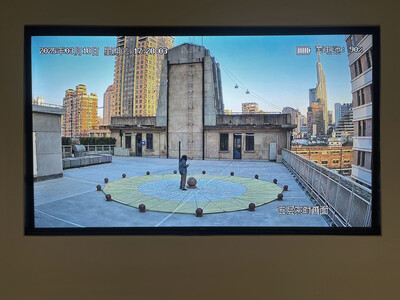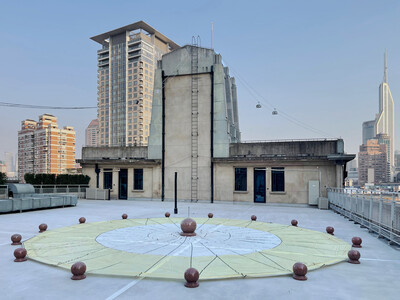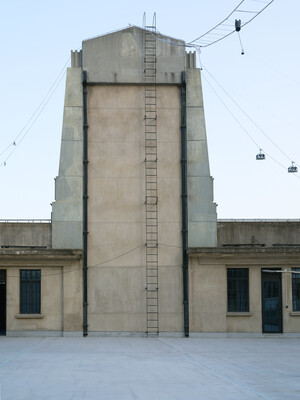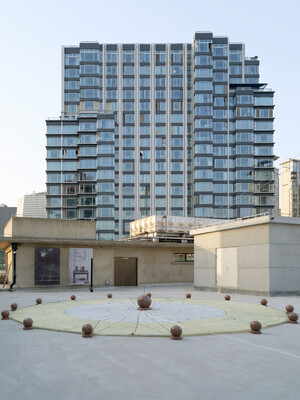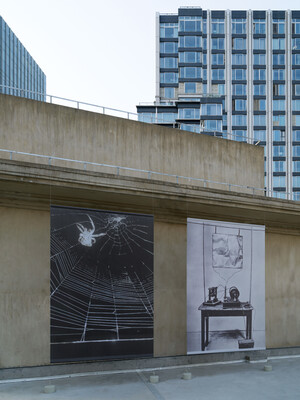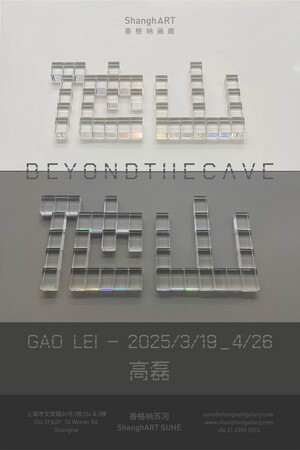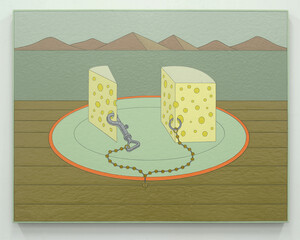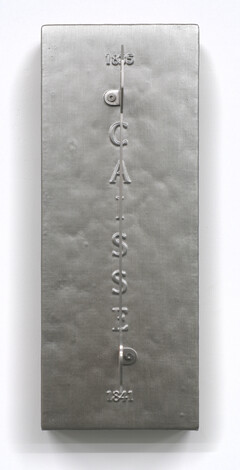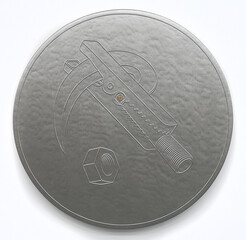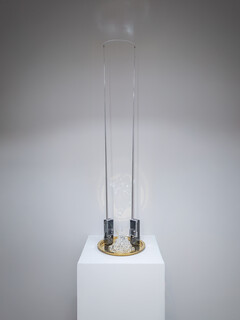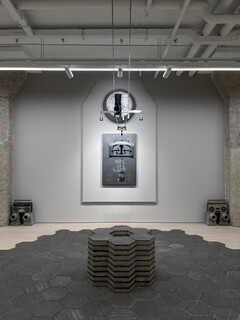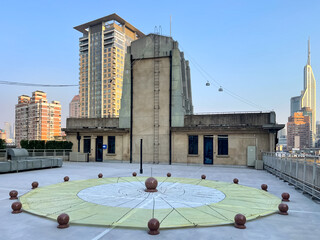Solo Exhibition ShanghART SUHE, Shanghai
Exhibition Name: Beyond the Cave
Artists: Gao Lei
Exhibition Date: 2025/03/19-05/10 (Weds. - Sat. 11:30-18:00, Sun. - Tues. By Appointment: suhe@shanghartgallery.com)
Location: ShanghART SUHE 204, 2/F, 30 Wen'an Road, Jing'an, Shanghai
ShanghART Gallery is pleased to present Beyond the Cave, Gao Lei’s first solo exhibition with the gallery, on view at SUHE space from March 19 to May 10. Set within the historic 1930s China Industrial Bank warehouse—now home to ShanghART SUHE on the 2nd floor—the exhibition brings together two of Gao’s recent painting series: Beyond the Cave, originally conceived for Beiqiu Contemporary Art Museum in Nanjing which inspired by natural caves, and Bank, a collection of metallic-textured paintings created at Blunt Society, a historic Shanghai villa, using currency as both subject and material reference. Displayed in a space that preserves the architectural legacy of its banking past, these works are complemented by installations incorporating of industrial ready-mades and natural objects, along with spatial interventions. In doing so, the exhibition constructs an exploration of Plato’s cave allegory—not as a mere excavation of physical space, but as an evolving transformation from the collapse of a material cave to the boundless expansion of a digital, capital-driven cave, shaped by the transition from analog to digital transmission.
A central feature of the exhibition is its engagement with the building’s original cargo staircase, which extends the “cave’s” exit to the rooftop. The large-scale interactive installation Beyond the Cave, positioned on the rooftop, integrates sculpture, found objects, historical imagery, and sound, forming a structure that alludes to how technological encoding renders the digital realm as the ultimate manifestation of the capital-driven cave. The exhibition shifts from the enclosed gallery on the second floor to the open-air rooftop, simulating a journey from Plato’s cave to the “real world.” However, rather than a simple escape from illusion to reality, this transition underscores an entangled system in which different modes of control intersect and reinforce one another. A television screen at the gallery entrance transmits live footage from rooftop surveillance cameras via Wi-Fi, creating a self-contained spatial narrative loop.
On the second floor, the exhibition presents Gao Lei’s Injection Paintings, an ongoing series in which the artist examines power structures through an unconventional painting technique. Drawing inspiration from the architectural framework of Gothic stained-glass windows, his process unfolds in two key stages: first, constructing a structural framework, and second, systematically filling it—transforming decontextualized everyday objects into sacred symbols infused with ritualistic significance. This approach parallels his previous ready-made installations, in which he devised systemic structures before embedding objects that symbolized hierarchical strata within them. In his paintings, these power structures (the icons) materialize as embossed linear reliefs, akin to the “沥粉堆金” (Embossed Gesso Gilding Technique or Relief Gilding with Paste Engraving) technique used in Ming Dynasty frescoes at Fahai Temple, which reinforced the divine authority of religious imagery. Once the framework is complete, Gao replaces conventional painting tools with a syringe—appropriated from his previous installations and photographic works as a potent symbol of power and control—using it as his sole instrument for pigment application. The labor-intensive process, reminiscent of the meditative construction of Tibetan mandala sand paintings, involves injecting various acrylic pigments—each representing different social classes and identities—forced through the syringe under external pressure, distributing them across the structured framework. This dispersion reflects Pierre Bourdieu’s theory of Distinction, wherein color operates as a chromatic spectrograph of class identity within the mechanisms of cultural capital reproduction.
Beyond its conceptual and material rigor, Gao’s Injection Paintings also serve as an act of self-discipline and endurance—an attempt to reconstruct childhood memories of elementary art education, where the controlled practice of coloring within pre-defined boundaries first introduced him to the rigid structures of visual language.
More Pictures:
找到自己的“归家之路” | 半径 Radius
高磊:“他山”的嗡鸣 | ArtAlpha艺术阿尔法

